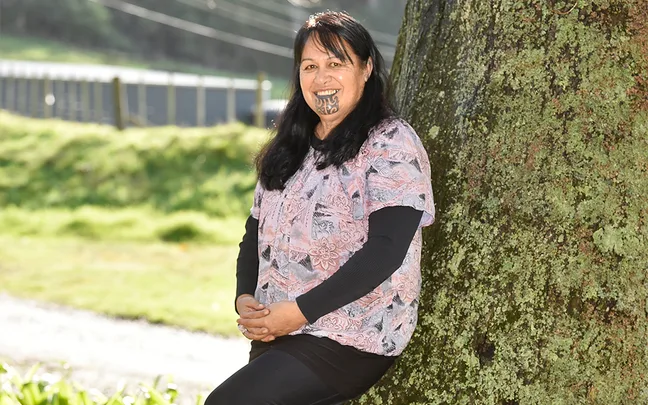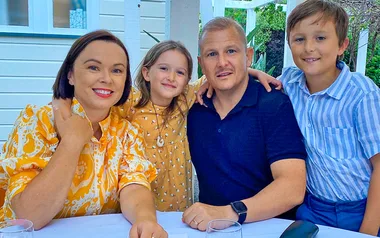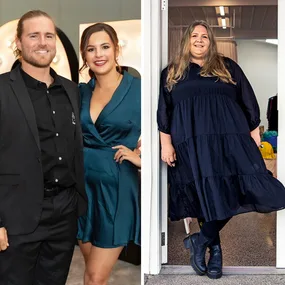As the only midwife for the entire East Cape region, at any given time Corrina Parata is looking after 50-plus pregnant women and their babies.
After more than two decades of delivering babies, Corrina tells us in her own words about her career, life as a rural midwife and her experience of Cyclone Gabrielle.
The powerful February weather event ripped through Ngāti Porou communities, leaving them without power, running water or means of communication.
But babies and birth don’t wait, so Corrina found herself hiking through landslips and washed-out roads to check on high-risk pregnant women, making sure they were safe and prepared to ride out the aftermath…
“When I look back over my career, I’ve come to the realisation that from the moment I was born, my life’s path was midwifery.
I found the calling when I accidentally caught my first pēpi [baby] – my niece Tamzyn – at home. That was more than 20 years ago now, but it sparked my desire to support homebirth.
There was a bias from others when I started my training in 1997 that as a young mother, ‘Isn’t my place at home and how could I leave my children to work?’ But that only gave me more determination to follow my goals.
I have five tamariki [children] – four sons and a daughter – and nine mokopuna [grandchildren], with two more arriving this year. I have felt very privileged to be invited in to be the midwife or involved in all the births of my mokopuna.
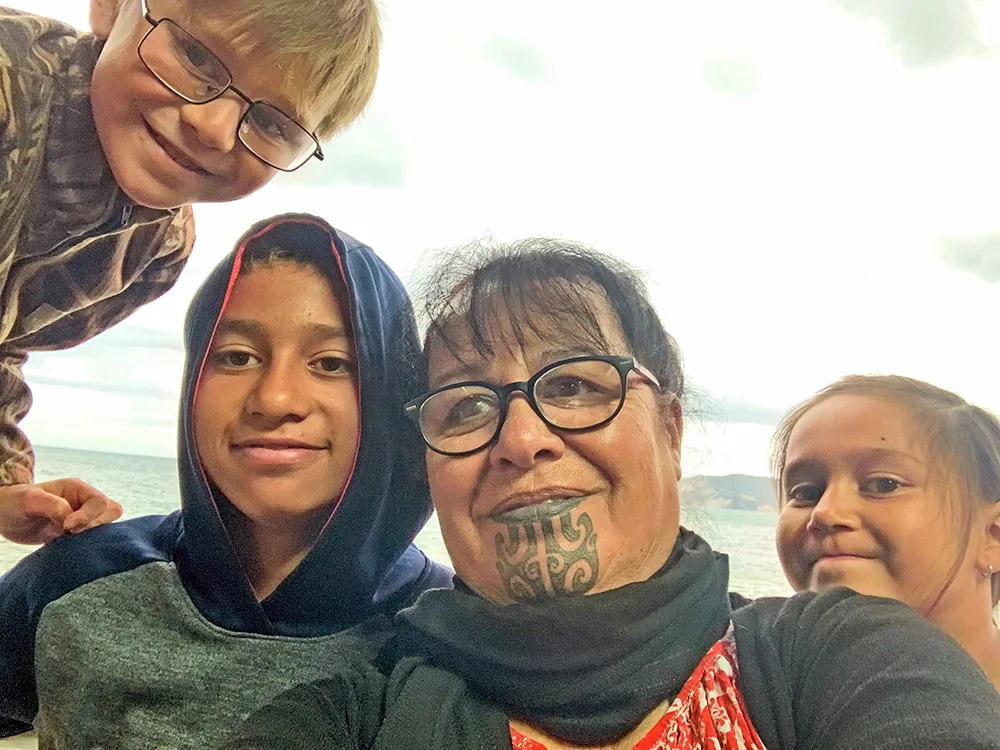
With three of her mokopuna she helped birth (from left) Te Manahera, Miharo and Sophia.
My main goal as a midwife is to understand, preserve and promote practices that enhance the health of wāhine and their whānau during this very significant phase of life.
As midwives, we have to be able to think quickly on our feet, be calm and confident in our skills, and make the right call, at the right time, without projecting any fear to the whānau.
You also have to thrive on adrenaline and be able to drop things, run out the door and clear your mind to walk into a whānau space no matter where that is – home, the side of the road, maternity unit or marae.
Before I start work, I use karakia [prayer], acknowledging those before me, seeking guidance. This calms the mood and settles the wairua [spirit].
Being a rural midwife, I have to always be contactable with my vehicle well-stocked. We don’t have a pharmacy in the area, so I’m always ready to treat and care for women any time, day and night.
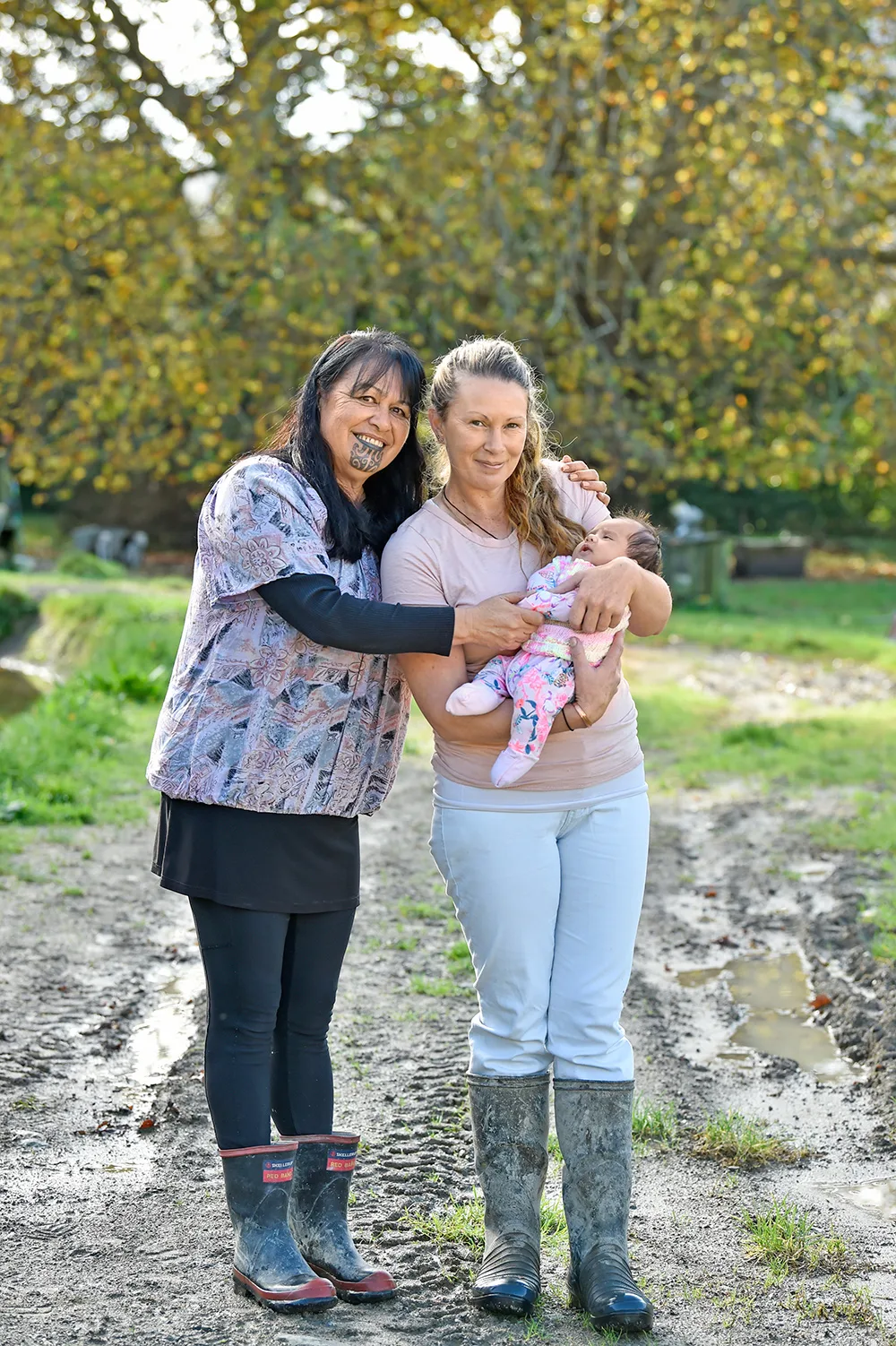
One thing that has been a struggle for a long time is being the sole midwife in a large geographical area. From Potikirua to Te Toka a Taiau, it’s 200km of coastline and that’s not including inland.
The last time there were two full-time midwives practising together in our area was about 2012.
I have wonderful support from other clinicians and the local Te Puia Springs Hospital, but there is a shortage of midwives in Aotearoa and worldwide. Especially if you want the option to choose a Māori midwife.
I’m very ready to give back to the profession and share my experience as a rural midwife, so I am excited we’re in the process of recruitment for another Māori midwife to work in partnership with me.
In times such as this year’s weather events, it’s even more challenging being the only midwife.
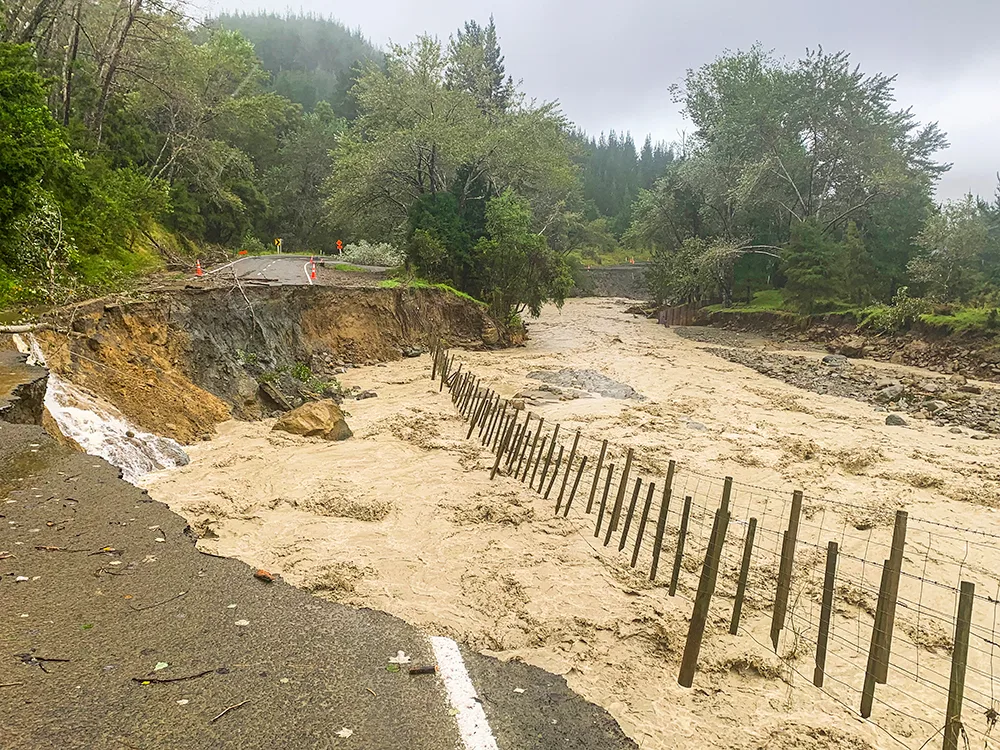
Corrina reported on the devastation as she perilously made her way through debris to check on her urgent cases, including Anita.
Before Cyclone Gabrielle, I was frantically trying to see all the women to check how they were placed with their preparations.
We pretty much know on the East Coast when there’s heavy rain, we can cope with maybe 24 to 48 hours, but when it became prolonged, we knew there would be wash outs, roads falling away and rivers flooding.
It felt like a tsunami of issues were dumped on us because we’re so isolated. We’ve only got one main road that services all the communities, with no other option to get out apart from air lift in emergencies.
Communications were down, power was out and we had no water. Realising I couldn’t contact anyone via any means came with the realisation women couldn’t contact me either. I’m accustomed to being
able to think and work through adversity, but I had to take another breath.
Fortunately, there were health professionals in each community who generously volunteered to be the key lead on any problem – medical or maternity.
Yes, there were babies born. One woman managed to get to the local registered nurse and was quickly flown out to a high-level hospital with a problem that arose unexpectedly.
My biggest worry was that women with complicated pregnancies under specialist care could go into labour and I couldn’t communicate with hospital staff about how to provide the extra level of care. I was also worried about the women needing advice for any other problems that may arise in pregnancy, such as miscarriage or within the postnatal period. Cyclones don’t stop pregnancy and child birth – it doesn’t stop for anything.
I could have got really down about how I was going to manage all this, but I started looking at the entire caseload, and where I needed to place myself, and decided to walk and check on some women.
Walking through the devastation of roads washed out and slips, I was strategising the whole time. How am I going to work without water, power and no cell phone networks?
I hiked about two hours from Te Puia Springs to Tokomaru Bay through mounds of debris, fallen pine trees and inactive power lines strewn in every direction.
One woman was waiting on her four-wheeler on the other side of the drop out, and I was able to check on her and baby, and see how she was coping.
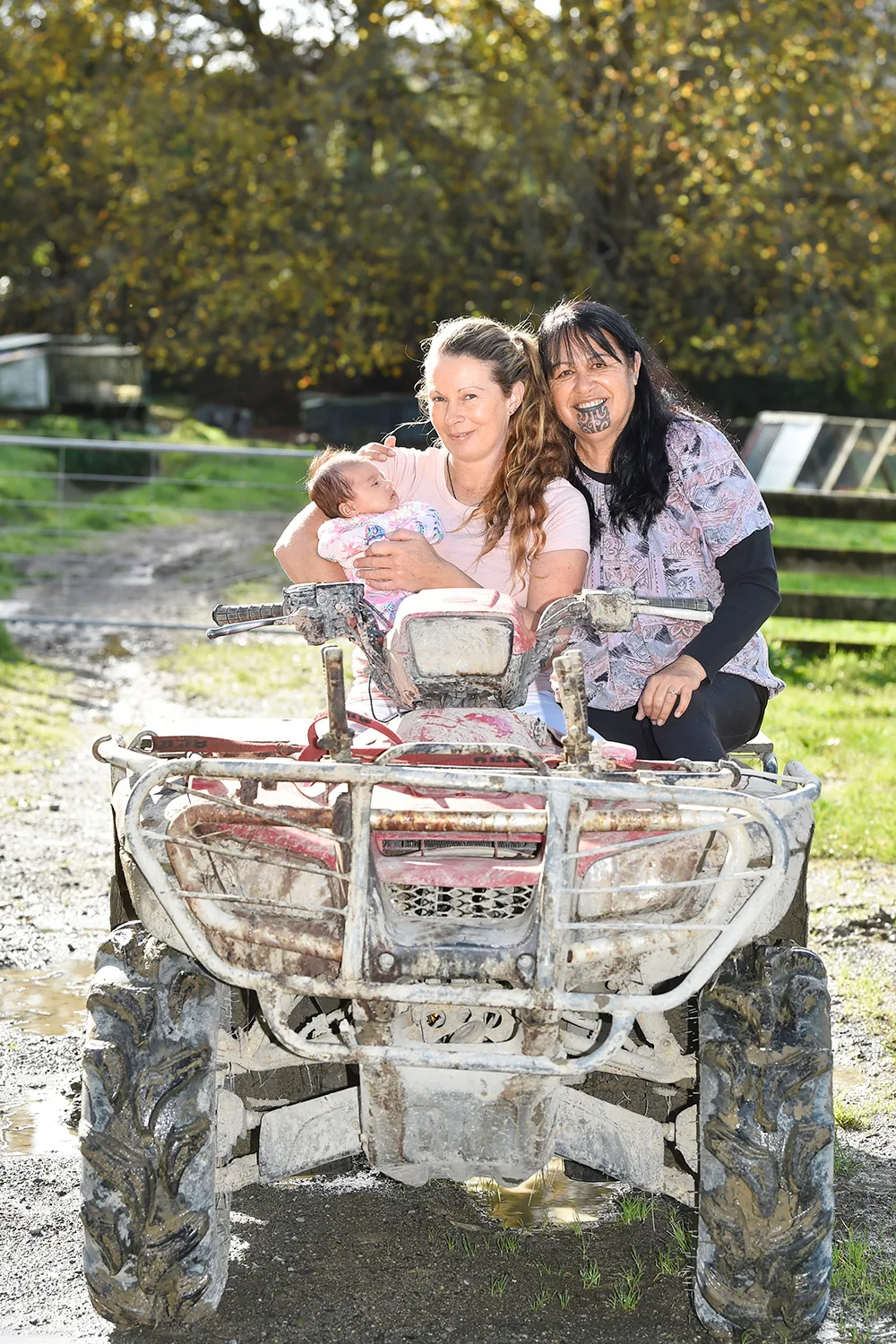
“I’ve got you!” New mum Anita was relieved when Corrina “just appeared” to make sure she and baby were okay.
When I returned, I could report back and provide video footage to our Civil Defence camp and community, showing the extent of the damage and exactly what the roads were like.
We understood we wouldn’t be getting out for a while and only had ourselves to rely on. Luckily, soon after assistance arrived in many forms. Roading contractors were very supportive, trying
to get me through, and homes were opened up where I could go and stay nearby when women went into labour.
As a midwife, whānau support is hugely important, especially from my husband of 16 years Jason Babbington. I am truly grateful there is unconditional support to do the work I do.
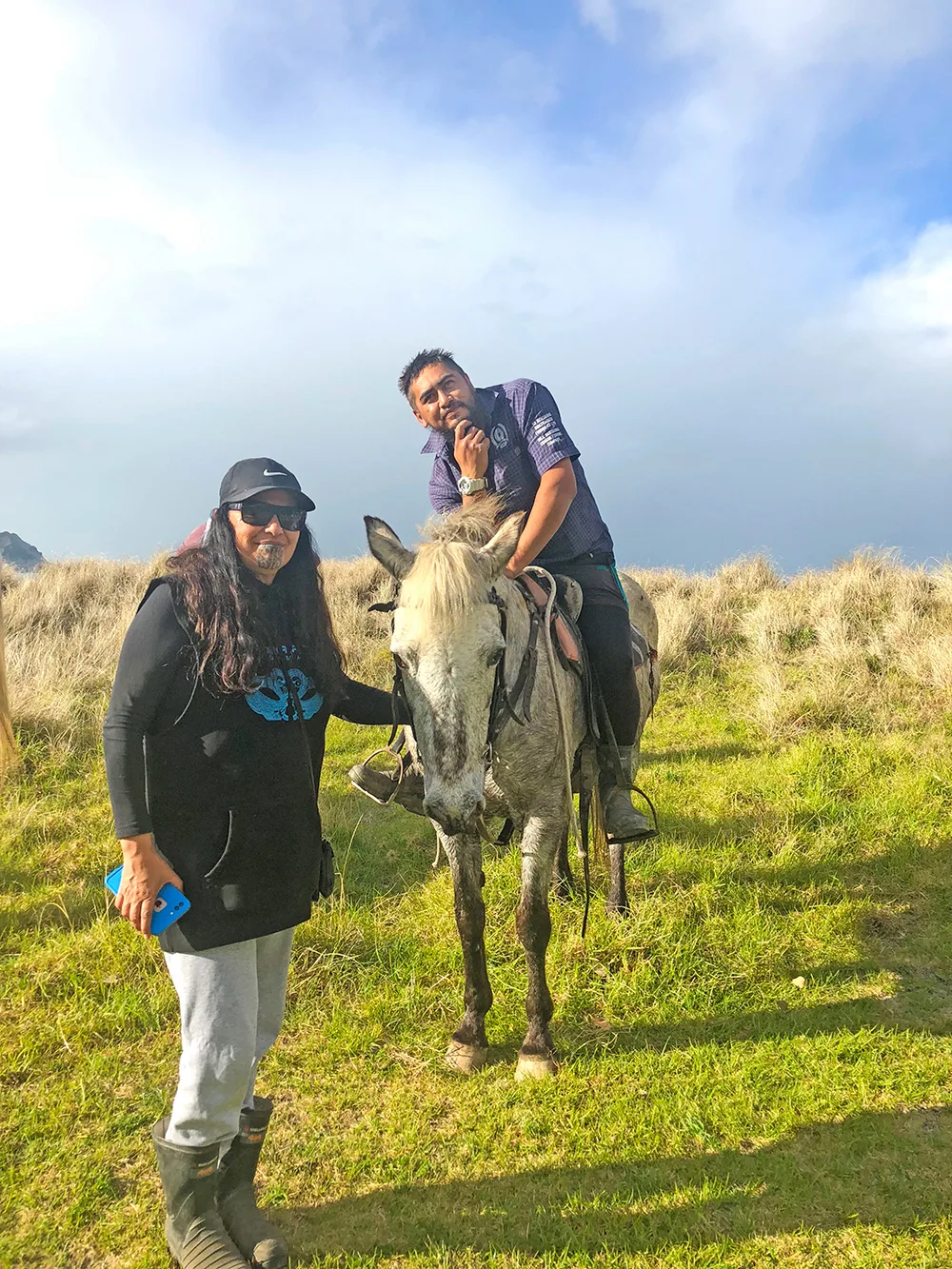
Corrina and husband Jason.
Many studies show midwives help improve health outcomes for whānau, and eventually I want to step away at a time where I feel ready and when I can leave a legacy and a practice that can continue.
I have the privilege of caring for hapū wāhine [pregnant women] and their whānau. I’m honoured to welcome ngā rangatira mō āpōpō [the leaders of the future]. What more could fill my cup of achievement?”
Anita’s ordeal
Anita Radford is used to being self-sufficient. She’s a career farmer and proficient hunter, adept at stocking the freezer and living off the land, so she didn’t expect pregnancy would pose much of a challenge.
But extremely painful and potentially dangerous fibroids around her womb were discovered during her second trimester, classifying her as a high-risk pregnancy.
The unexpected condition was picked up in November 2022, when Anita, 37, was transferred to Waikato Hospital in agony.
“I thought I was going to pass out I was in that much pain,” she recalls, explaining the non-cancerous growths can affect blood supply to the baby and cause preterm labour.
Surgery to remove them was ruled too risky to her baby. Instead, it was decided Anita would undergo specialist care and extra monitoring with monthly scans.
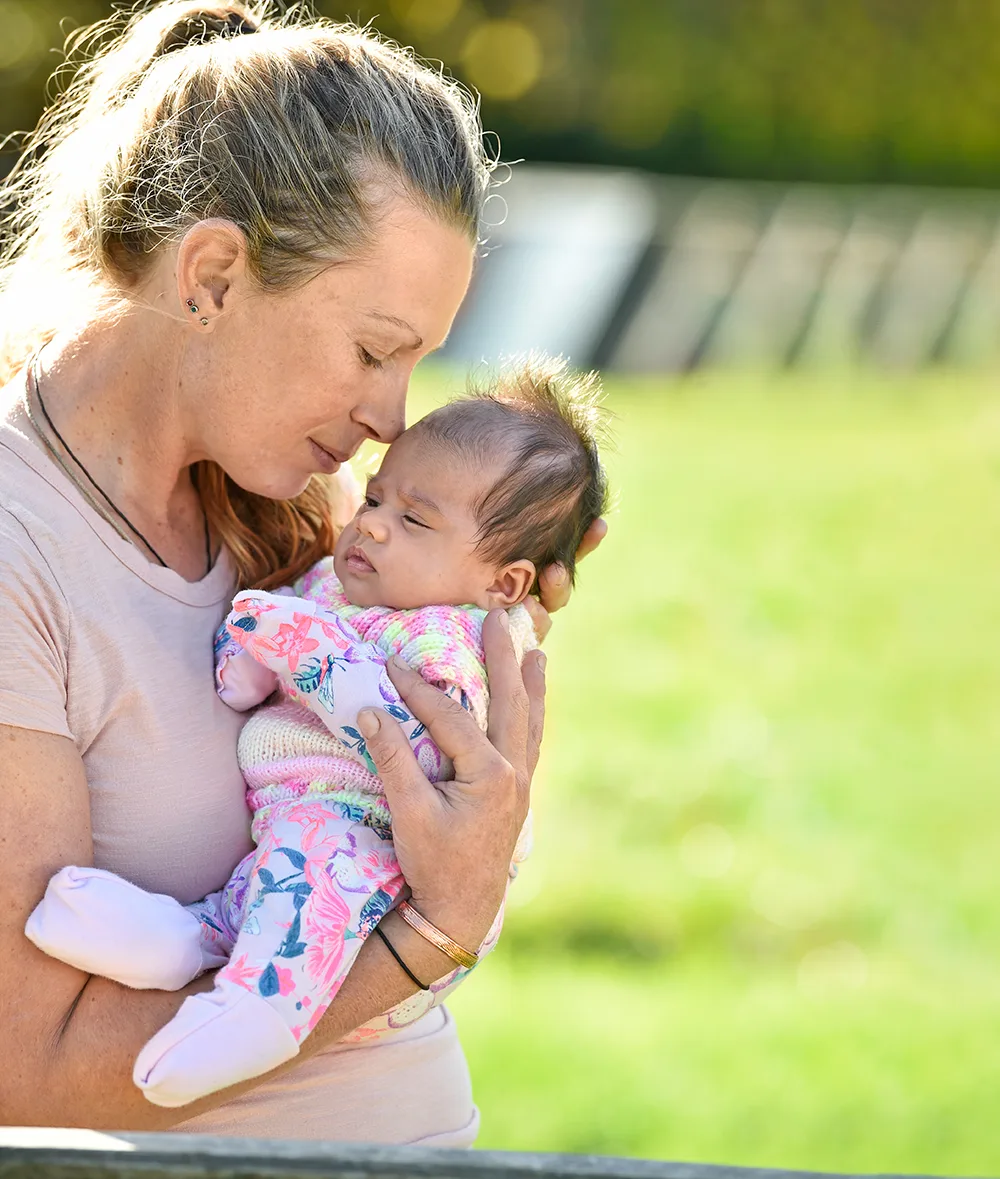
Mum’s got quite the story to tell wee Jasmine when she’s older!
But when Cyclone Gabrielle hit during her third trimester, the Tokomaru Bay farm where she lives with partner Shane White was completely cut off from the rest of the region.
Anita was left with no way to contact her midwife Corrina Parata or the obstetric team tasked with closely monitoring her and her baby’s safety.
“I couldn’t get to appointments because our roads were gone in both directions and I just wanted to get a scan done to know everything was alright,” reflects Anita.
It was also top of mind for Corrina, who walked several hours to check on Anita.
“Our phones were down but she just appeared one day to make sure I was okay and take baby’s heartbeat,” says Anita.
“Her commitment is amazing. She’s so focused on her job and the ladies she’s midwifing for.”
Corrina adds, “I was so concerned about Anita throughout the pregnancy, but it’s very rewarding to facilitate the care needed when it’s a very complex pregnancy and there’s danger of loss of life for the woman or pēpi, or both.”
At 36 weeks, Anita was transferred to Waikato Hospital to be monitored for the rest of her pregnancy. Two weeks later, she went into labour.
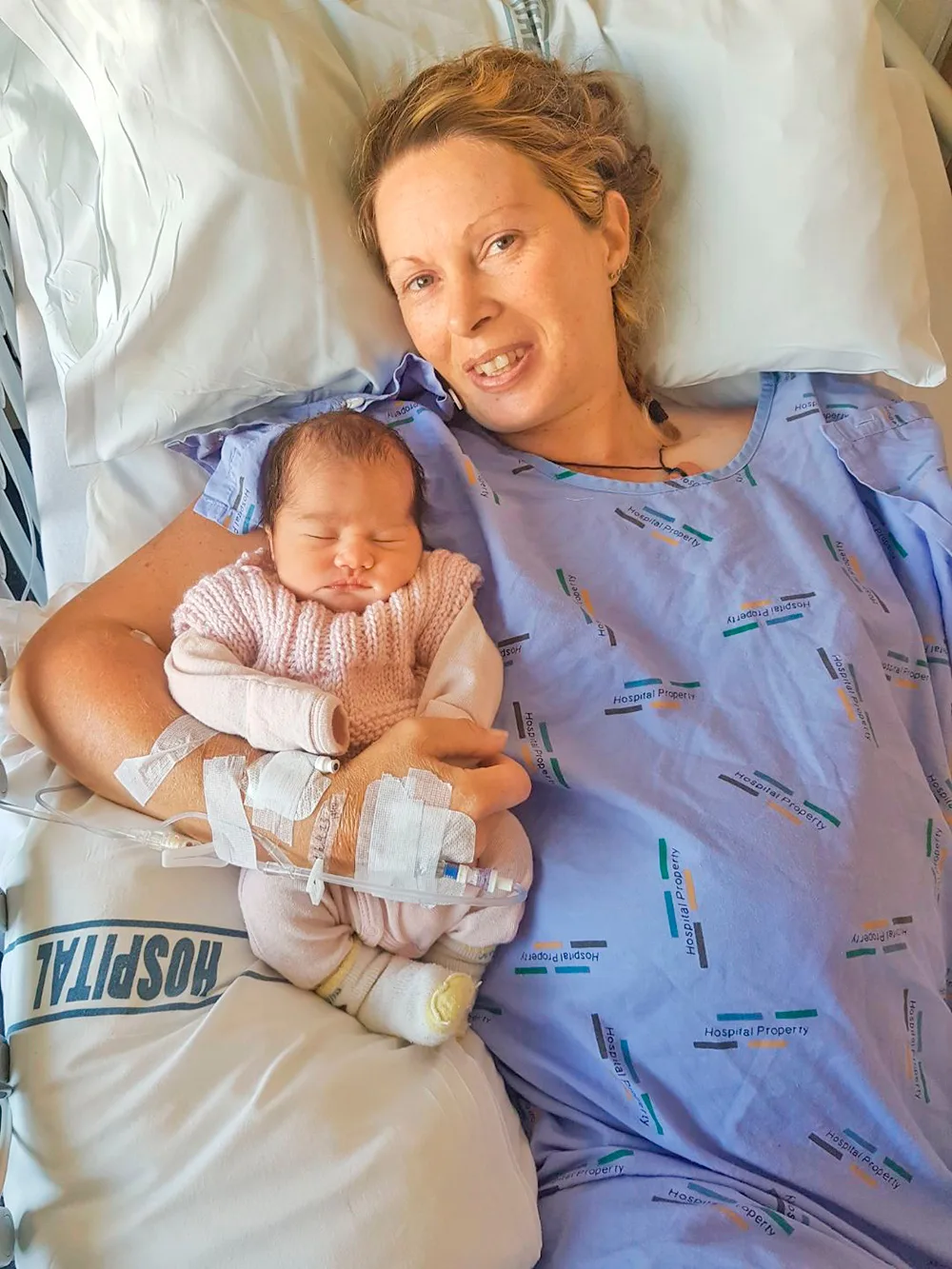
Complications resulted in a Caesarean section, then Anita haemorrhaged and days later suffered bowel complications, leaving her seriously unwell.
Throughout it all, she’s been grateful for the expert care of Corrina and her medical team, the emotional support from Shane and her family, and most of all for her now three-month-old daughter Jasmine.
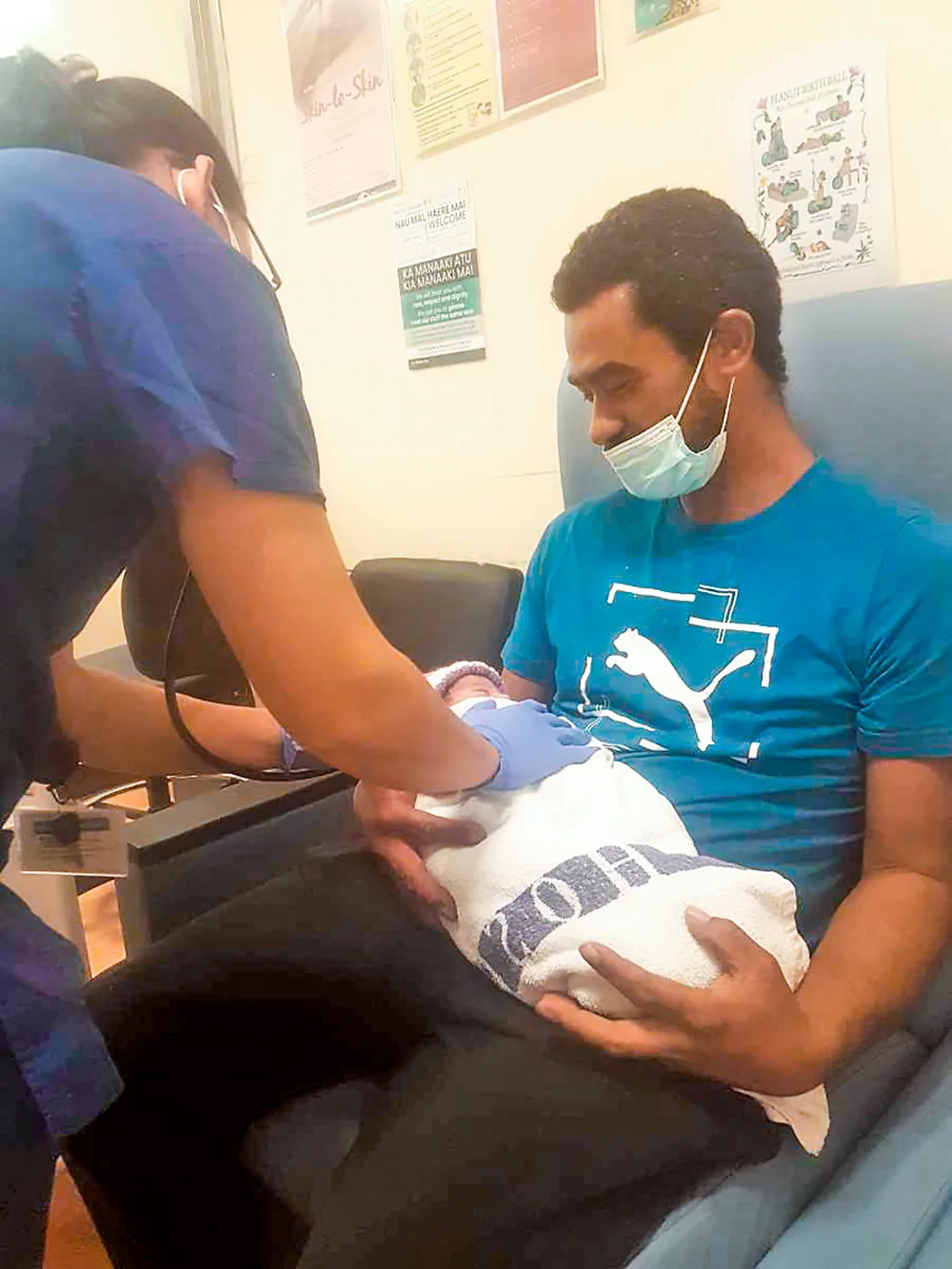
Proud dad Shane meets his girl.
“The main thing is Jasmine is healthy, and we were able to take her home and finally feel settled.”
